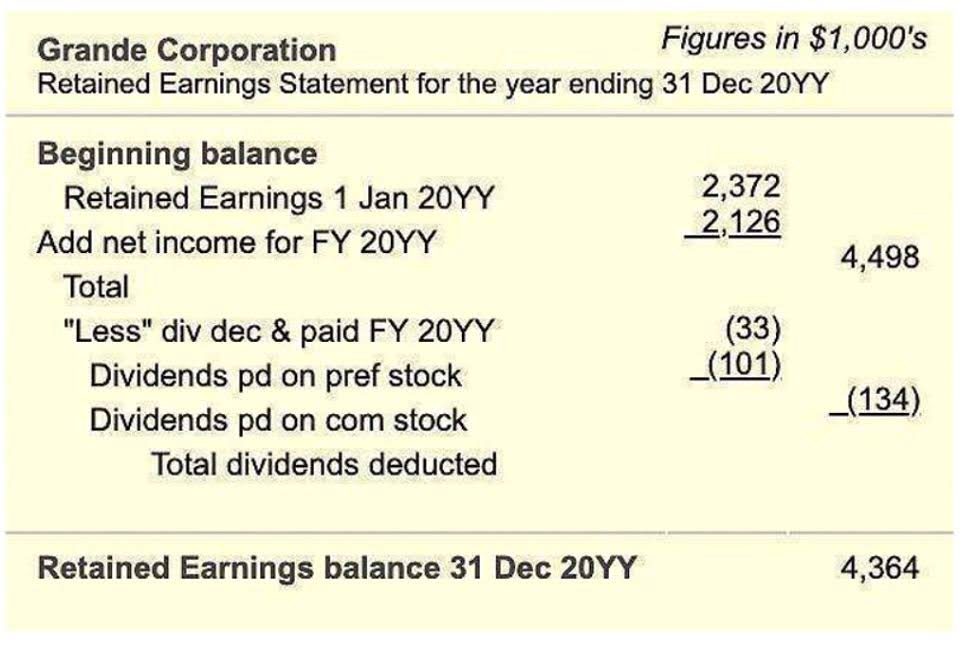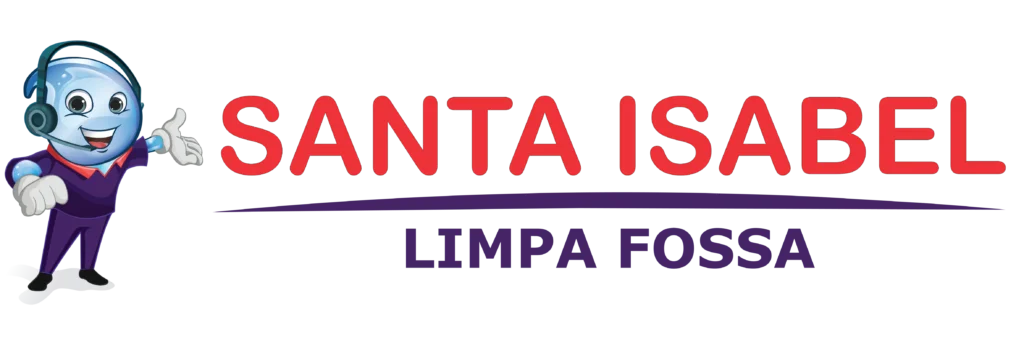Accounting Basics for Nonprofits A Primer for Non-Finance Leaders

Nonprofits and for-profits alike need to understand their cash flow and provide a statement about how it moves in and out of the organization. Generally, these reports are pulled once per month, reflecting the previous thirteen months. Using this report, nonprofits can determine the trends that are impacting the revenue and expenses incurred at their organization. We’ve covered briefly the differences between nonprofit and for-profit accounting practices.
Tools and Software for Non Profit Bookkeeping
This not only aids in internal decision-making but also enhances external reporting to regulatory bodies and donors, reinforcing the organization’s commitment to transparency and accountability. The goals of nonprofit organizations typically include maximizing the impact of their programs while ensuring transparency and accountability to their stakeholders, particularly donors. Effective nonprofit accounting practices are essential for tracking how funds are allocated and spent, which helps build trust with supporters and the community.
What Is The Basis Of Accounting For Nonprofits?
As a bookkeeper, it may be necessary to accounting services for nonprofit organizations meet with your nonprofit’s accountant weekly, monthly, quarterly, and yearly. Weekly meetings with an accountant should go over how to adhere to your budget goals and track fund accounting. These financial statements can provide helpful insight into your nonprofit’s financial health so that you can adjust accordingly and plan your next moves. Using the details you recorded about your nonprofit’s transactions, create a broad overview of your financial position and develop a plan to get your revenue where it’s supposed to be.
What is the difference between nonprofit and for-profit accounting?
They should also let you track how your income and spending for the year compare to your budget goals. This is important because nonprofits often have very specific rules around different funding sources. Most nonprofits elect some kind of treasurer or financial officer to manage all of the organization’s finances. Using a personal bank account and keeping a shoebox full of receipts isn’t going to cut it. If you’re looking for a one-stop-shop online fundraising tool that seamlessly integrates with your CRM, marketing tool, or accounting software, take a look at Donorbox. Over 80,000 nonprofits worldwide have used our tool to boost donations with features like peer-to-peer fundraising, text-to-give, event ticketing, recurring donations, and more.
Ready to spend less time managing your donors and more time engaging them?
It’s a good idea to make use of nonprofit accounting software, which comes built-in with the features you need to keep your nonprofit’s accounting on track. These features include nonprofit reporting, GAAP compliance, and simplified tax filing for organizations. Nonprofit organizations are subject to specific regulations and reporting requirements set forth by regulatory bodies such as the Internal Revenue Service (IRS) or state charity regulators. Compliance with these regulations is essential for maintaining tax-exempt status and ensuring transparency and accountability in financial operations.
Nonprofit Accounting vs. For-Profit Accounting
You will also need an accountant to audit your financial statements and help work with you on future financial plans. As a nonprofit bookkeeper, you’re responsible for entering cash and in-kind donations, grants, membership payments, etc. If your nonprofit can afford to hire a bookkeeper, you should find someone with fund experience. Bookkeepers with this background will help create internal reports that don’t need much updating by your accountant and can save your nonprofit money and time. When you start a nonprofit bank account, you’ll want to authorize someone as a signatory.

Should you hire or outsource for nonprofit accounting?
- Nonprofits must choose between the cash basis and the accrual basis of accounting.
- The magic happens when our intuitive software and real, human support come together.
- Nonprofit accounting has many unique elements, factors, and requirements that organization executives need to consider to be successful.
- A skilled bookkeeper or accountant familiar with nonprofit accounting standards can ensure accurate recordkeeping, timely reporting and adherence to regulations.
- A nonprofit chart of accounts is a structured list of all accounts used by an organization to record financial transactions.
Effective bookkeeping helps track and acknowledge donations, maintain donor bookkeeping records, and generate reports to demonstrate accountability and transparency to donors. Maintain separate accounts to track grants and funds that are restricted for specific purposes. Adhere to grant requirements and restrictions, ensuring that funds are used in accordance with donor intentions. Proper management of restricted funds prevents misallocation and maintains donor trust.

What are some best practices for non profit bookkeeping?

It’s important to review and adjust the spending budget for the remainder of the year to cut back expenses if necessary, or to further fund your mission if you receive unexpected funding. You should check in with your budget monthly, comparing and evaluating your budgeted revenue and expenses against your actual revenue and expenses. This will ensure that your organization is staying on track to achieve your goals.

- For example, if you have $50,000 of restricted assets set aside for your scholarship program, then decide to provide a $5,000 scholarship, you’re not losing those funds.
- Accurate tracking ensures transparency and accountability in managing donor funds.
- Following these processes diligently and accurately keeps nonprofits compliant and free from costly fines and penalties.
- It allows your organization to monitor its spending, fundraising, assets, receivables, payables, and other transactions essential to its operations.
- Even if your nonprofit consists of only two employees, there should still be a “checks and balances” system in place.
- This status allows them to operate without paying federal income tax, but it comes with strict compliance obligations that must be met to avoid penalties.
While the basic bookkeeping principles may apply in both cases, certain seemingly small details make significant differences in how a nonprofit’s finances are done. Bank reconciliation is the https://www.bookstime.com/ process of ensuring an organization’s records (balance sheet, general ledger account, cash flow, etc.) are accurate. A nonprofit reconciles bank accounts by comparing the recorded amounts to the amounts on bank statements. Nonprofit accounting and bookkeeping revolve around representing an organization’s financial records in compliance with generally accepted accounting principles (GAAP).
